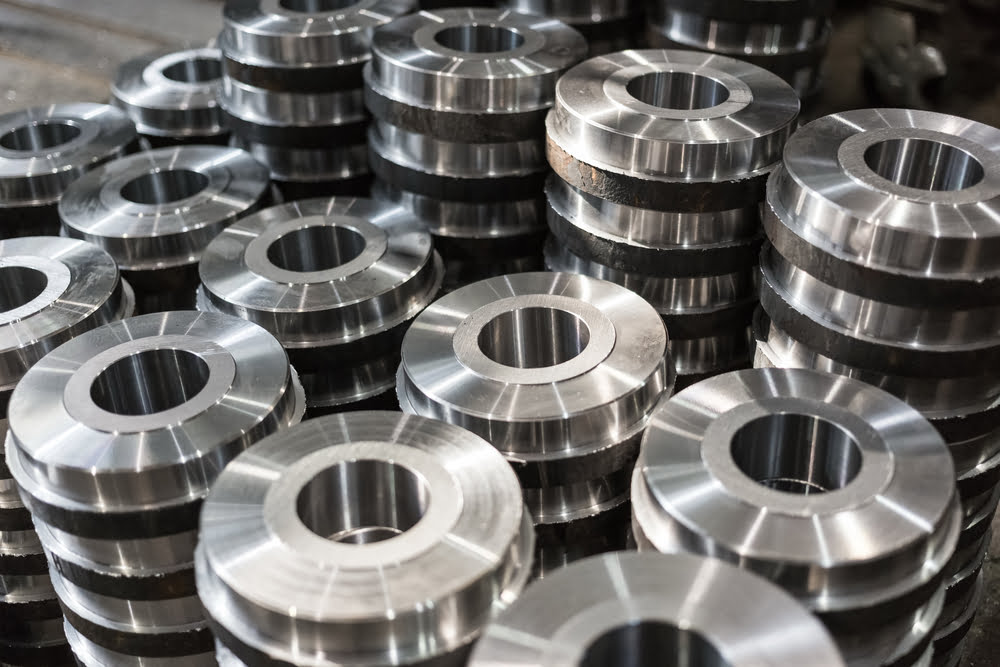Deburring can be accomplished in a variety of ways, depending on the material, component geometry, burr size and location, product volume, and cost. Deburring is done in a variety of ways, including manually and mechanically. Non-conventional technologies for specialized deburring applications include electrochemical, thermal energy, and cryogenic. The advantages and applications of popular deburring procedures are listed below.
Mass finishing
This approach is used when a large number of parts or components need to be completed. It can be done in batch or continuous systems, and it can be done with dry or wet procedures (depending on the material of the products being finished). Mass finishing necessitates an initial investment of time and materials to discover the exact mass finishing recipe required for your needs, but in the long run, it will save time, money, and manual work. Rotary vibrators, continuous flow installations, drag finishing machines, high-energy disk systems, and tub vibrators are all types of mass finishing equipment.
Manual Deburring
Deburring activities using hand-held or mechanized tools such as deburrers, grinders, brushes, files, sanders, and so on are referred to as manual deburring. This is a “localized” process, which means it does not affect the entire part. Because the specifications for manual deburring cannot be established accurately, this is used in places where there is a high tolerance for dimensional variances. Most fabricators and manufacturers have developed their own time guidelines. However, these solutions do not address the issue of process consistency. This is a time-consuming operation that occurs at the end of the production line, making any errors costly to the maker. Some examples of hand deburring procedures are listed below.

